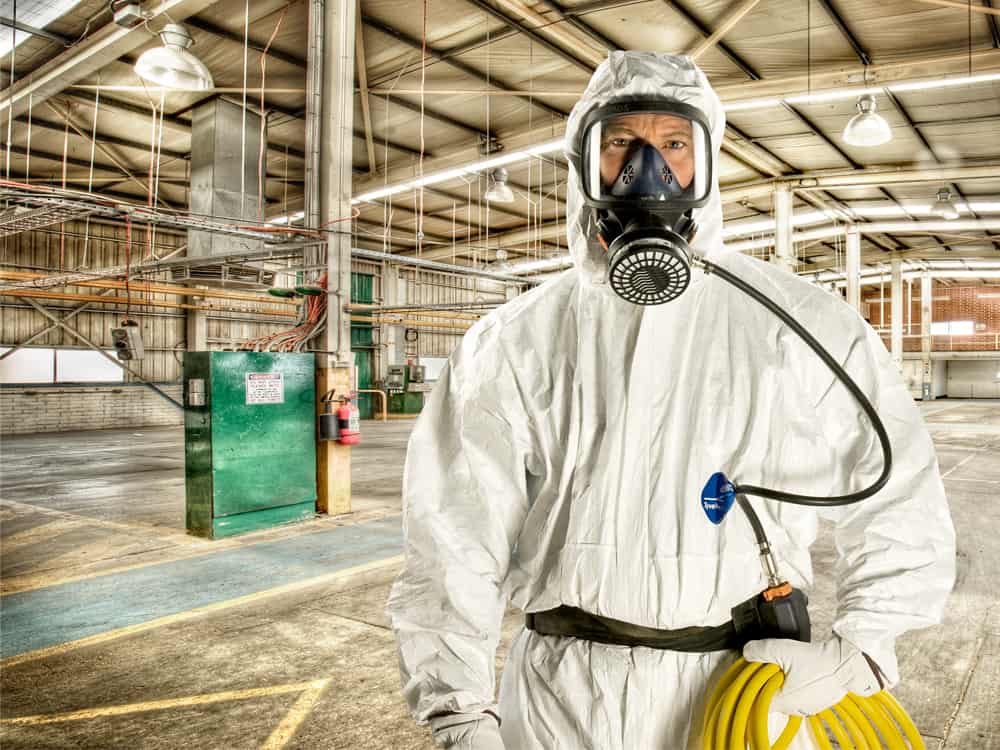Specialist Asbestos Testing: Guarantee Safety And Security and Conformity in Your Home
Specialist Asbestos Testing: Guarantee Safety And Security and Conformity in Your Home
Blog Article
The Total Process of Accredited Asbestos Checking to Make Certain Residential Property Conformity
In the realm of residential property management and conformity, the procedure of recognized asbestos testing stands as a critical component to guarantee the safety and health of residents. From the initial assessment to the last analysis of results, each stage plays a vital role in establishing the visibility of asbestos within a building.
Accredited Asbestos Screening: Preliminary Assessment
In conducting the initial assessment for certified asbestos testing, a precise examination of the residential or commercial property's materials is imperative to precisely recognize prospective asbestos-containing products. This crucial action includes visually checking all areas of the property, including ceilings, wall surfaces, floor covering, insulation, and other building products that might nurture asbestos. Special focus is provided to materials that are susceptible to damage or disturbance, as these circumstances can launch hazardous asbestos fibers into the air. In addition, tasting of suspected products might be required to validate the existence of asbestos via laboratory analysis.
Recognized asbestos assessors adhere to rigorous methods set by regulative bodies to make sure the precision and reliability of the testing process. By thoroughly recording findings and using advanced testing methods, assessors can supply property owners with an extensive report outlining the existence of asbestos, if any kind of, and the suggested actions for reduction or removal. This initial assessment establishes the structure for subsequent activities to address asbestos issues and make certain the safety and conformity of the property.
Example Collection Treatments for Asbestos Checking
Efficient sample collection treatments are crucial in ensuring accurate asbestos testing results and compliance with regulative requirements. When collecting examples for asbestos screening, it is important to follow strict procedures to reduce the danger of contamination and make sure the dependability of the outcomes.
First of all, it is vital to recognize the suspected asbestos-containing products (ACMs) and prioritize sampling locations based upon elements such as the material's problem, ease of access, and potential for disruption. Asbestos Testing. Examples need to be gathered from various areas within the home to provide a thorough analysis of asbestos existence
During sample collection, licensed specialists must use appropriate individual protective equipment (PPE) to secure versus asbestos exposure. They need to make use of tidy devices, such as disposable gloves and plastic sheeting, to stop cross-contamination between examples. Samples need to be meticulously gathered using a defined strategy, such as wet wiping or coring, and firmly sealed in airtight containers to protect their honesty during transport to the lab for analysis.
Research Laboratory Analysis Refine for Asbestos Samples
Upon conclusion of the sample collection process, the asbestos examples are thoroughly transferred to accredited research laboratories for careful analysis. The initial step in the laboratory evaluation process is example preparation, where the accumulated examples are carefully refined to extract the asbestos fibers.

As soon as the analysis is complete, a comprehensive record is created, laying out the findings and confirming whether asbestos exists, the kind of asbestos fibers determined, and the focus levels. This details is critical for building owners to take the needed actions to ensure compliance with asbestos laws and safeguard the wellness of passengers.

Reporting and Interpretation of Asbestos Test Outcomes
Approved asbestos screening labs provide browse this site thorough reports that provide vital understandings right into the presence, kind, and concentration degrees of asbestos fibers discovered in examples gathered from residential or commercial properties. These reports are important for homeowner and supervisors to understand the threat posed by asbestos and make informed choices concerning its monitoring or removal. The records generally consist of information on the techniques made use of for testing, the locations from which samples were sites taken, the sort of asbestos recognized (such as chrysotile, amosite, or crocidolite), and the concentration degrees of asbestos fibers detected.
Translating these outcomes requires know-how to assess the prospective wellness risks associated with asbestos exposure, determine the appropriate training course of activity, and make sure regulative conformity (Asbestos Testing). Depending on the findings, suggestions might vary from continued tracking and upkeep to encapsulation or full asbestos abatement. Residential property owners ought to very carefully assess these reports and talk to asbestos experts to develop an extensive prepare for dealing with any kind of asbestos issues identified
Making Certain Property Conformity With Asbestos Laws
To maintain adherence with asbestos regulations, residential or commercial property owners have to faithfully execute measures to guarantee compliance with relevant legislations and standards. This includes performing regular asbestos evaluations by certified professionals to identify any visibility of asbestos-containing materials within the building. When asbestos is recognized, home proprietors should follow asbestos administration intends that outline correct containment, elimination, or encapsulation procedures to avoid direct exposure and spread of asbestos fibers. Compliance also includes keeping detailed documents of asbestos testing, maintenance, and elimination activities for inspection objectives.
Homeowner need to give asbestos recognition training to employees and passengers to lessen the danger of asbestos direct exposure and make sure appropriate handling of products that may include asbestos. Additionally, it is essential to stay informed about any type of updates or changes in asbestos policies to readjust management practices as necessary. By proactively resolving asbestos conformity demands, building owners can create a secure setting for passengers and alleviate prospective lawful and wellness risks related to asbestos exposure.
Conclusion
In conclusion, approved asbestos screening is an essential process for making sure residential property conformity with laws. The initial analysis, example collection treatments, lab evaluation, and interpretation of outcomes are very important action in this process. By following these procedures, residential or commercial property proprietors can determine and resolve any kind of asbestos threats existing, protecting the health and safety of occupants and maintaining compliance with governing demands.
Report this page